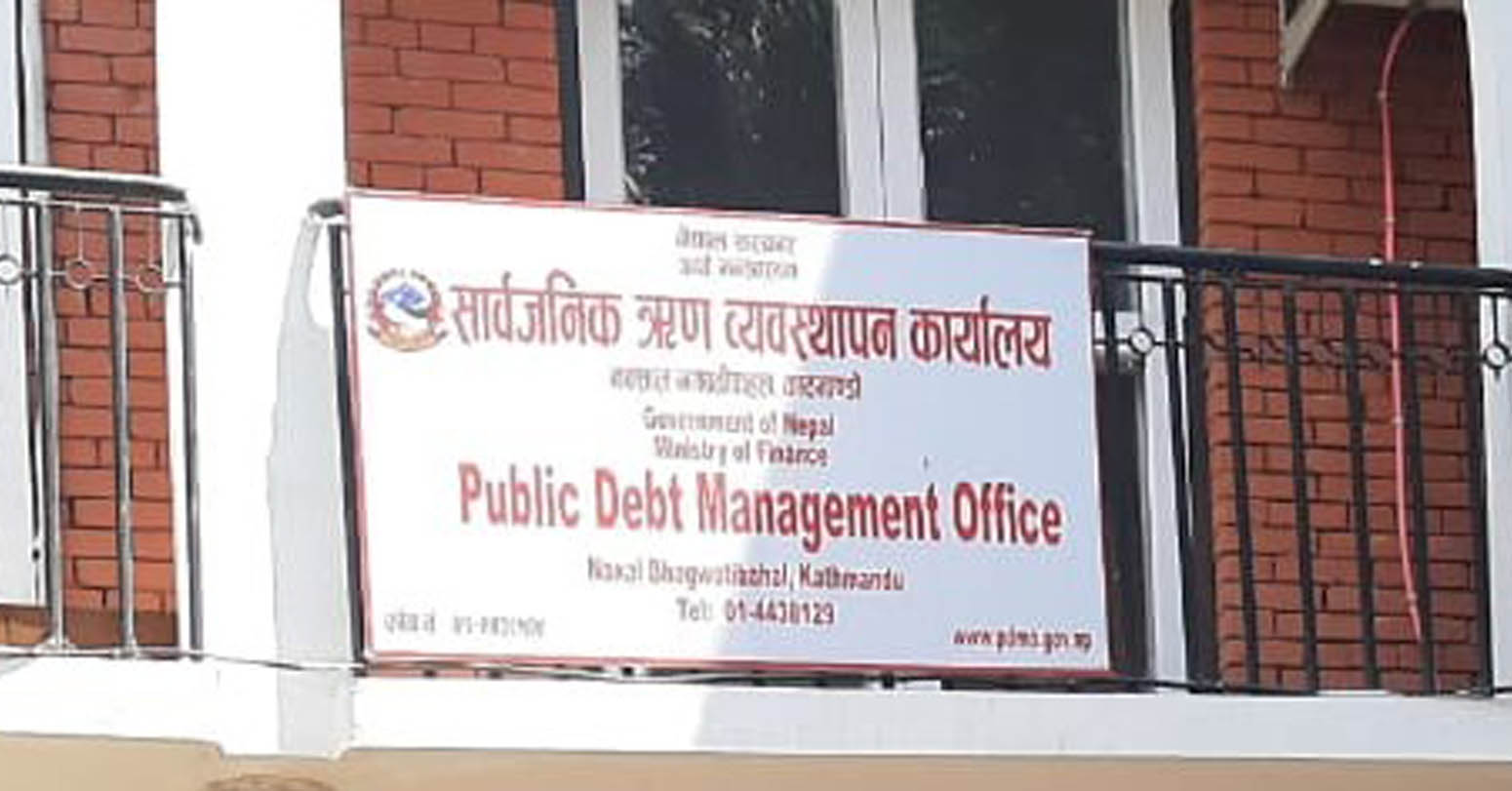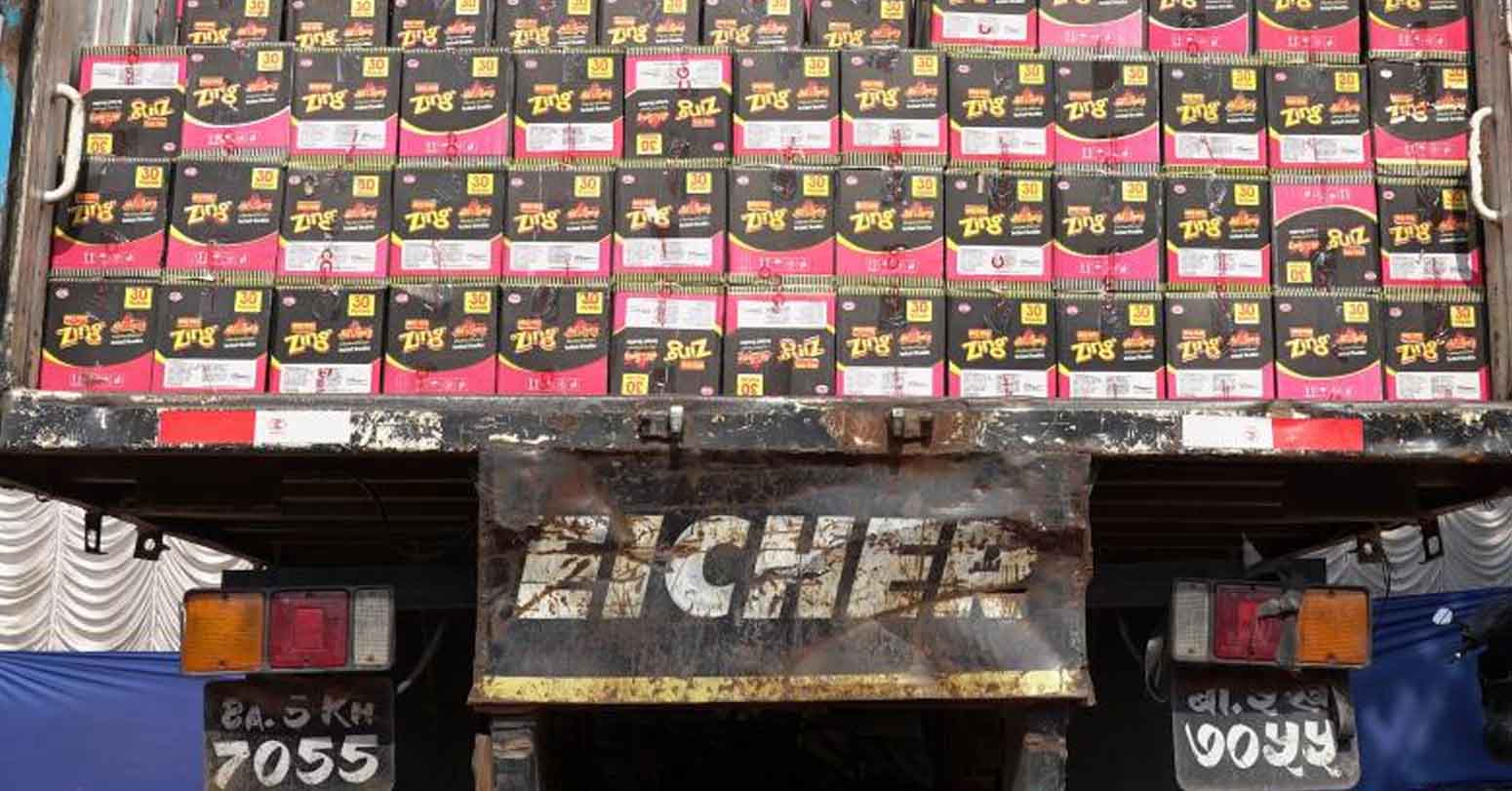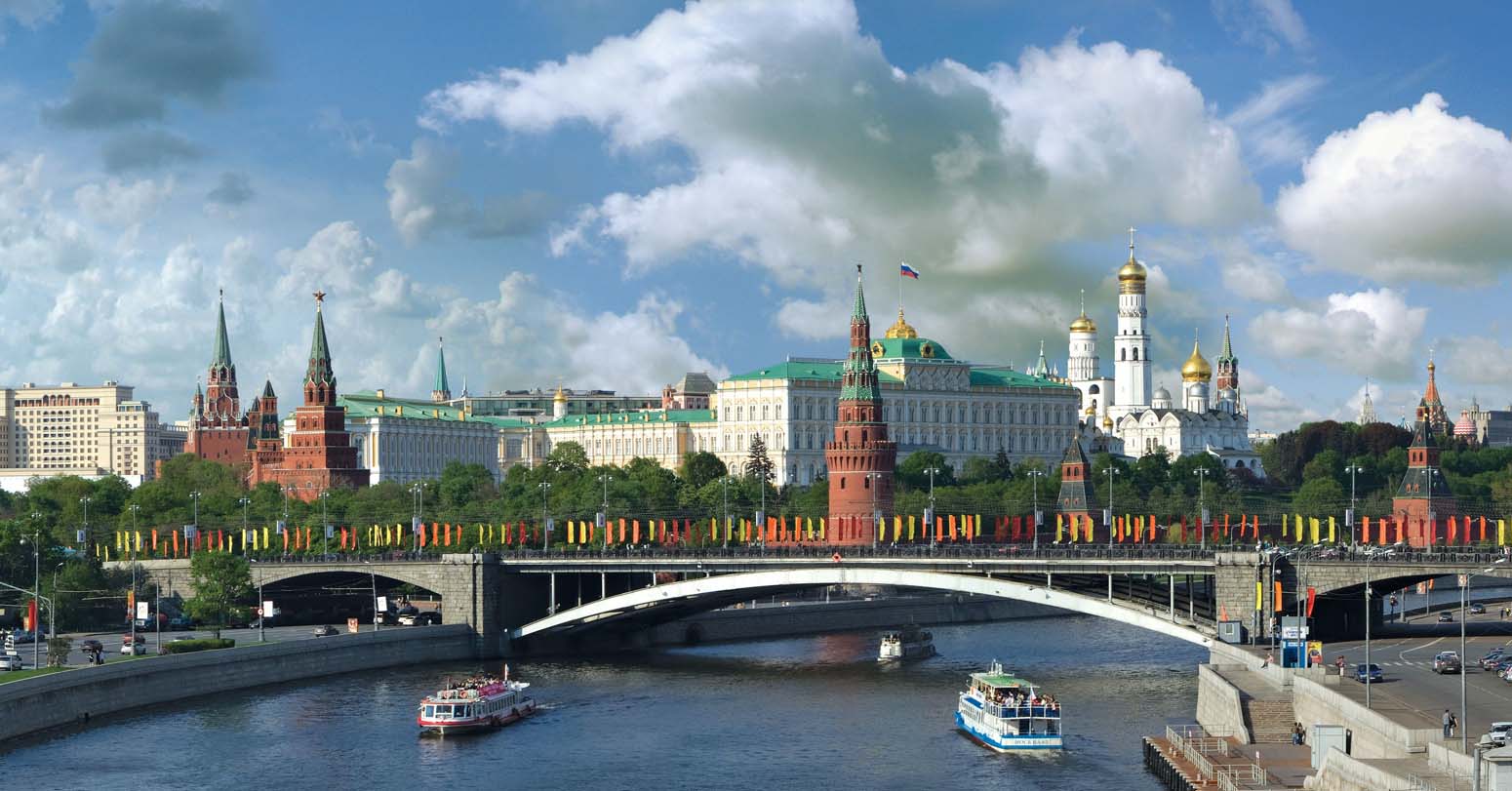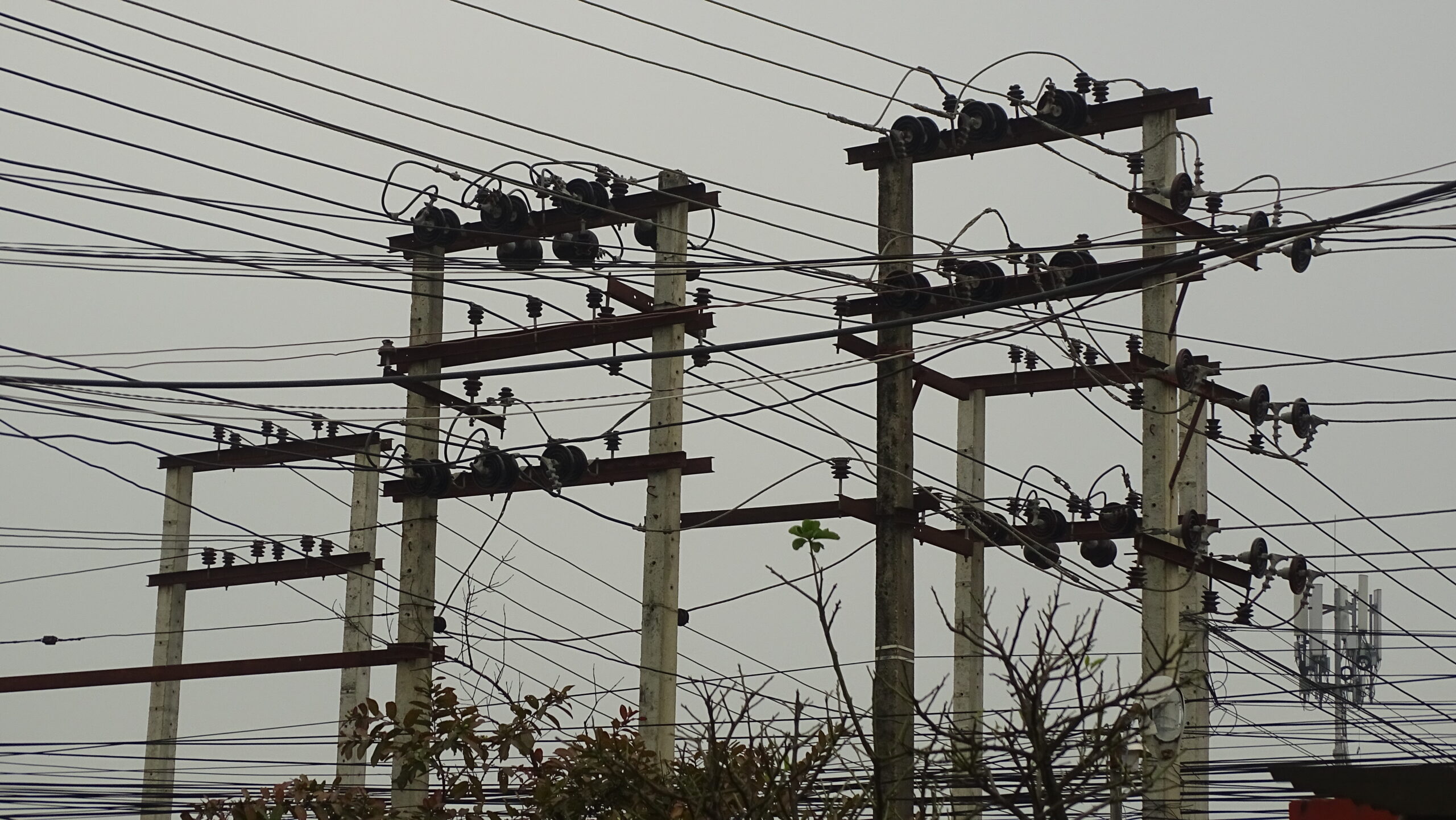
Most of economic indicators based on the nine months data ending mid-April are positive in the country.
Till mid-May of the current fiscal year, the CPI-based Inflation remained within the expectations while a balance of payment remained at a surplus and the foreign exchange reserves increased.
According to the report about the Current Macroeconomic and Financial Situation of Nepal issued by the Nepal Rastra Bank (NRB) today, CPI-based Inflation remained 4.61 percent on y-o-y basis compared to 7.76 percent in the corresponding period last year.
Food and beverage category inflation stood at 5.21 percent whereas non-food and service category inflation stood at 4.14 percent in the review month.
Under the Food and Beverage Category, y-o-y price index of spices sub-category increased 22.64 percent, vegetable 16.99 percent, pulses and legumes 10.94 percent, cereal grains and their products 7.59 percent and non-alcoholic drinks 6.06 percent in the review month. The y-o-y price index of ghee and oil subcategory decreased 10.10 percent in the review month.
Under the Non-Food and Services Category, y-o-y price index of miscellaneous goods and services sub-category increased 12.81 percent, recreation and culture 12.61 percent and education 7.31.
The y-o-y price index of transportation sub-category decreased 0.33 percent in the review month.
The y-o-y consumer price inflation in the Kathmandu Valley, Terai, Hill and Mountain region stood at 4.06 percent, 4.58 percent, 5.33 percent and 4.32 percent respectively in the review month. Such inflation in these regions was 8.57 percent, 7.68 percent, 7.01 percent and 7.47 percent respectively a year ago.
Remittance inflow up
Remittance inflows increased 19.8 percent to Rs.1082.62 billion in the review period compared to an increase of 24.2 percent in the same period of the previous year. In the US Dollar terms, remittance inflows increased 17.7 percent to 8.15 billion in the review period compared to an increase of 13.9 percent in the same period of the previous year.
In the review period, the number of Nepali workers, both institutional and individual, taking first time approval for foreign employment recorded 329,422 and taking approval for renew entry recorded 212,721. In the previous year, such numbers were 387,839 and 217,959 respectively.
The current account remained at a surplus of Rs.179.48 billion in the review period against a deficit of Rs.60.43 billion in the same period of the previous year. In the US Dollar terms, the current account registered a surplus of 1.35 billion in the review period against a deficit of 468.3 million in the same period last year.
In the review period, capital transfer decreased 19.2 percent to Rs.4.78 billion and net foreign direct investment (FDI) remained a positive of Rs.6.48 billion. In the same period of the previous year, capital transfer amounted to Rs.5.91 billion and net FDI amounted to Rs.2.62 billion.
BOP in surplus
Balance of Payments (BOP) remained at a surplus of Rs.365.16 billion in the review period against a surplus of Rs.174.28 billion in the same period of the previous year. In the US Dollar terms, the BOP remained at a surplus of 2.75 billion in the review period against a surplus of 1.32 billion in the same period of the previous year.
Gross foreign exchange reserves increased 24.2 percent to Rs.1911.86 billion in mid-April 2024 from Rs.1539.36 billion in mid-July 2023. In the US dollar terms, the gross foreign exchange reserves increased 22.7 percent to 14.36 billion in mid-April 2024 from 11.71 billion in mid-July 2023.
Of the total foreign exchange reserves, reserves held by NRB increased 25.4 percent to Rs.1688.21 billion in mid-April 2024 from Rs.1345.78 billion in mid-July 2023. Reserves held by banks and financial institutions (except NRB) increased 15.5 percent to Rs.223.65 billion in mid-April 2024 from Rs.193.59 billion in mid-July 2023.
The share of Indian currency in total reserves stood at 21.6 percent in mid-April 2024.
Based on the imports of nine months of 2023/24, the foreign exchange reserves of the banking sector is sufficient to cover the prospective merchandise imports of 15 months, and merchandise and services imports of 12.5 months. The ratio of reserves-to-GDP, reserves-to-imports and reserves-to-M2 stood at 33.5 percent, 104 percent and 28.9 percent respectively in mid-April 2024. Such ratios were 28.8 percent, 83.0 percent and 25.0 percent respectively in mid-July 2023.
Government expenditure reaches over Rs 909 billion, revenue collection at Rs 748 billion
The government's expenditure amounted to Rs.909.39 billion and revenue collection Rs.748.04 billion
Compared to the growth of 18.7 percent in the last fiscal year, government expenditure decreased by 3.6 percent in the review period. The recurrent expenditure, capital expenditure and financial expenditure amounted to Rs.644.03 billion, Rs.97.38 billion and Rs.167.99 billion respectively in the review period. 31. In the review period, total revenue mobilization of Nepal Government (including the amount to be transferred to provincial and local governments) stood at Rs.748.04 billion.
Revenue mobilization recorded a growth of 9.4 percent in the review period in contrast to a decrease of 13.4 percent in the same period of last fiscal year. The tax revenue amounted Rs.671.12 billion and non tax revenue Rs.76.93 billion in the review period
Broad money (M2) increased 7.5 percent in the review period compared to an increase of 6.4 percent in the corresponding period of the previous year. On y-o-y basis, M2 expanded 12.3 percent in mid-April 2024. 35. The net foreign assets (NFA, after adjusting foreign exchange valuation gain/loss) increased Rs.365.16 billion (25.1 percent) in the review period compared to an increase of Rs.174.28 billion (15.1 percent) in the corresponding period of the previous year. 36. Reserve money increased 6.4 percent in the review period compared to an increment of 2.5 percent in the corresponding period of the previous year. On y-o-y basis, reserve money increased 14.6 percent in mid-April 2024.
Total trade deficit decreased 2.8 percent to Rs.1053.42 billion during the review period. Such a deficit had decreased 17.1 percent in the corresponding period of the previous year. The export-import ratio remained at 9.8 percent in the review period same as in the corresponding period of the previous year.



















Comprehensive Data Protection Law Critically
Gender Differences In Mental Healthcare
Messi Wins Best FIFA Men’s
Erosion of Democracy
Fly Dubai Catches Fire in
“Complexities of the South Asian